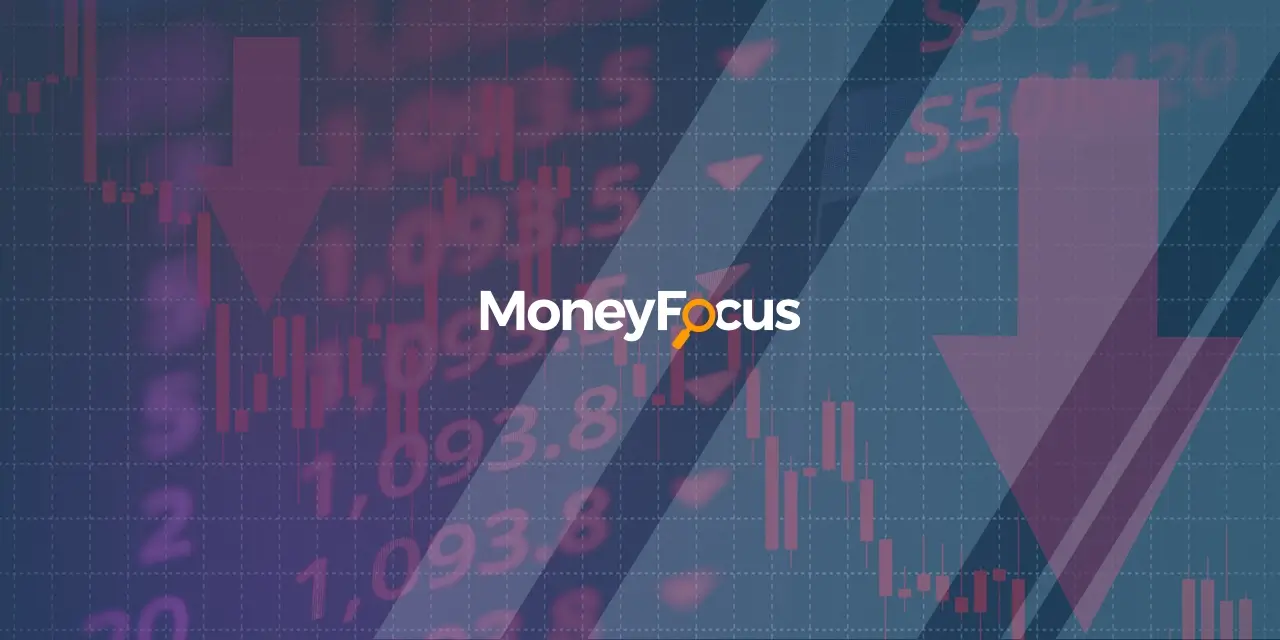By Caroline Grimont
One of the most popular books when I was younger was Douglas Adams’ ‘Hitchhiker’s Guide to the Galaxy.’ It was written back in the 1980s, but it still makes me chuckle. One of my favourite quotes from the book is more relevant than ever today. Most people remember just two words from it – DON’T PANIC – all caps. But the whole quote is even funnier:
“In many of the more relaxed civilizations on the Outer Eastern Rim of the Galaxy, the Hitch-Hiker’s Guide has already supplanted the great Encyclopedia Galactica as the standard repository of all knowledge and wisdom, for though it has many omissions and contains much that is apocryphal, or at least wildly inaccurate, it scores over the older, more pedestrian work in two important respects. First, it is slightly cheaper; and secondly it has the words DON’T PANIC inscribed in large friendly letters on its cover.”
― Douglas Adams, The Hitchhiker’s Guide to the Galaxy
The reason that most people remember those two words, though, is that they usually apply to many situations – and none more so than these very interesting times in which we are currently living. It seems like curveballs are coming at us from everywhere – sometimes in the form of tariffs, or through increased volatility, or sometimes, in a stock specific situation that drives upheaval, such as was the case with UnitedHealth.
If you own the UnitedHealth stock, it is hard to not panic when you read headlines like ‘UnitedHealth leads Dow Jones losses’ or that the stock has ‘…Dropped 22% for worst day since 1998.’ But unless you have bet your entire portfolio on a single stock, chances are that any single stock only forms a part of your portfolio.
So in those circumstances, the Hitchhiker’s Guide to the Galaxy does have the best advice – Don’t Panic. And then, like I shared in my earlier column on volatility, follow my five-part volatility-busting toolkit, which is my version of the British World War II motivational poster.
1. Keep Calm. (The ‘carry on’ part is optional, but don’t panic/keep calm is not.)
General volatility is normal. The market rises, the market falls. Remember the 2008 crash caused by the sub-prime crisis? And the COVID-19 crash of 2020? And the market downturn of 2022? The crash of early 2025, followed by the rally, followed by the crash, followed by the recovery? The market moves in cycles. Sometimes rising, sometimes falling. The important part to remember is that you are a participant in it, so you should be prepared to face these challenges.
As my colleagues wrote in a previous article, there are five reasons investors should not panic:
- Historical resilience.
- Long-term investing.
- Opportunity to Buy.
- Compounding.
- Diversification.
2. Remember Your Financial Plan.
As I wrote in my very first column, everyone should have a financial plan. A financial plan functions as a map to get you to your destination, which is your financial goal. The goal could be short term – paying off debt, buying a car, medium term – buying a home, changing jobs, or long-term – retirement. Chances are, no matter what the market does, that goal hasn’t changed.
I like to write out my financial goals, and my plan, on a paper, and stick that paper behind my computer screen, where I can see it. That helps me remember why it is I’m in the market in the first place.
3. Recency Bias Could Be Impacting Your Decisions.
Recency bias is a mental action where we give more significance to recent events or information over older data, even when the previous data is more accurate. Aside: In my opinion, this is probably why history keeps repeating itself – because we often tend to forget about it and so end up repeating it.
Recency bias can impact the way in which we make decisions, because we tend to emphasize the importance of short-term trends and forget long term patterns. Aside: For example, this is probably why everyone thought NFTs were amazing, little remembering the Tulip mania of the 1600s.
In investing, this translates to us believing that a stock will continue to perform well just because it has done so in the past few weeks, ignoring longer-term performance, or fundamental data. Aside: GameStop, anyone?
As my asides over the past few paragraphs were meant to illustrate, it is important to look at the bigger picture. Just because something has been doing well (or badly) over the past little while, does not mean this state will continue. This too shall pass.
4. Go For a Walk.
I’m going to copy this directly from the previous article, because it deserves repeating. When I feel anxious and overwhelmed, I physically walk away from my computer, from the news, from my portfolio. I find when I walk about, even a short walk around my office floor, it gives me a sense of perspective. Yes, the markets and the news are scary, but when I walk into the office kitchen and make myself a cup of English breakfast tea, I remember the world outside my portfolio, and it helps me calm down.
5. Look For Other Options.
I had rounded off my list the last time with saying that I look for other options. These could come in the form of low volatility ETFs, or trusted brands, or investing at home. But another thing you could also do, is try and look beyond the headlines to understand what is really happening.
How Should Investors View the Pharma Space Right Now?
Healthcare company UnitedHealth forms a part of Harvest Healthcare Leaders Income ETF (HHL:TSX) Harvest ETFs CIO Paul MacDonald, CFA, recently shared his thoughts about how he is looking at pharmaceuticals in general, and Pharmacy Benefit Managers (PBMs) and UnitedHealth in particular. You can watch the entire video here. In part, here is what he said,
“We do have exposure through United Health to PBMs, and it’s come under a fair amount of pressure beyond the broader insurance sector weakness. [UnitedHealth is] impacted from recent CMS reimbursement code changes. That has resulted in higher utilization rates, meaning more people are getting treatments than expected. We believe that this is temporary and it gives UnitedHealth the ability to have more clarity on what their cost trends are going to be for next year. As the largest U.S. insurer with over 50 million covered lives, we view United Health as essential to the overall health care system.
Despite recent weakness, valuation multiples within the healthcare space have compressed significantly. Sentiment has turned much more cautious in select areas, and as we’ve seen in the broader market, that can also turn to the positive very quickly. We continue to see strong fundamentals and at these levels, we find valuations very compelling.
Diversification is key within HHL. While we remain broadly diversified across subsectors and within our option strategy, we’ve deliberately held off on writing initial calls on names that we view as oversold and that allows us to participate more fully as we get a rebound.
So yes, there’s noise, but healthcare remains an absolute cornerstone sector with permanent and non-cyclical drivers. We believe that the current environment offers attractive opportunities for long-term investors.”
Disclaimer
The information is meant to provide general information for educational purposes. Any security mentioned herein is for illustration purposes and should not be taken as an invitation to purchase or sell such security. Commissions, management fees and expenses all may be associated with investing in Harvest Exchange Traded Funds (managed by Harvest Portfolios Group Inc.). Please read the relevant prospectus before investing. The funds are not guaranteed, their values change frequently, and past performance may not be repeated.











